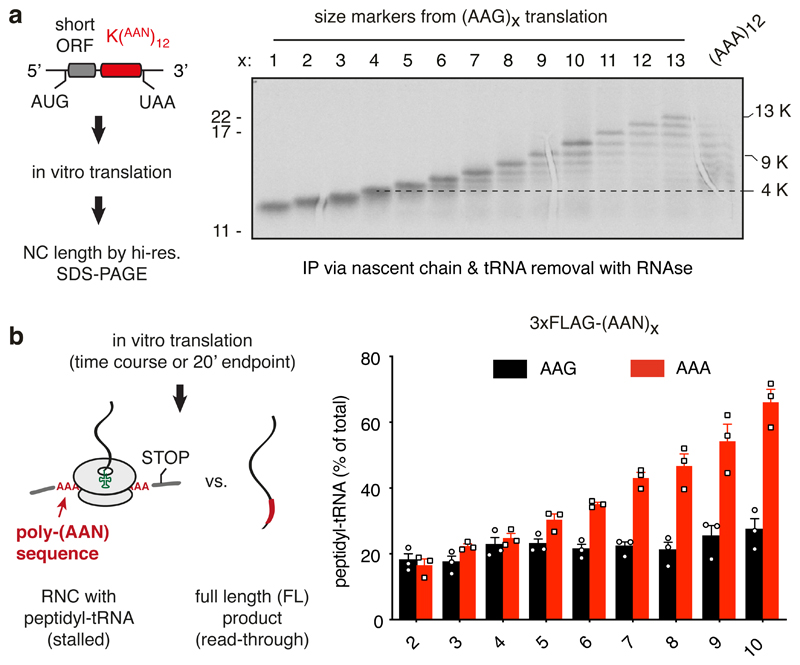Fig. 1. Reconstitution of ribosome stalling on poly(A) mRNA in vitro.
(A) Analysis of nascent chain products resulting from in vitro translation of iterated AAG or AAA lysine codons in human cell lysate. Uncropped gel image is available online (Source Data). (B) Analysis of iterated AAG versus AAA codons for stalling in rabbit reticulocyte lysate. The translation reaction was performed for 20 min after which the proportion of stalled products was assessed by the relative amounts of peptidyl-tRNA versus full length polypeptide. The mean ± SEM (n=3) is plotted together with individual data points from independent experiments. The ‘background’ of ~20% peptidyl-tRNA even in the absence of stalling is due to failed termination at the stop codon, which is located within a few nucleotides of the 3’ end of the mRNA. Later in vitro stalling experiments with a longer 3’UTR that protrudes outside the mRNA channel (e.g., Fig. 6a) showed improved termination efficiency (~95%). An overly short 3’UTR presumably makes the mRNA more flexible in the mRNA channel and less able to recruit eRF1.

